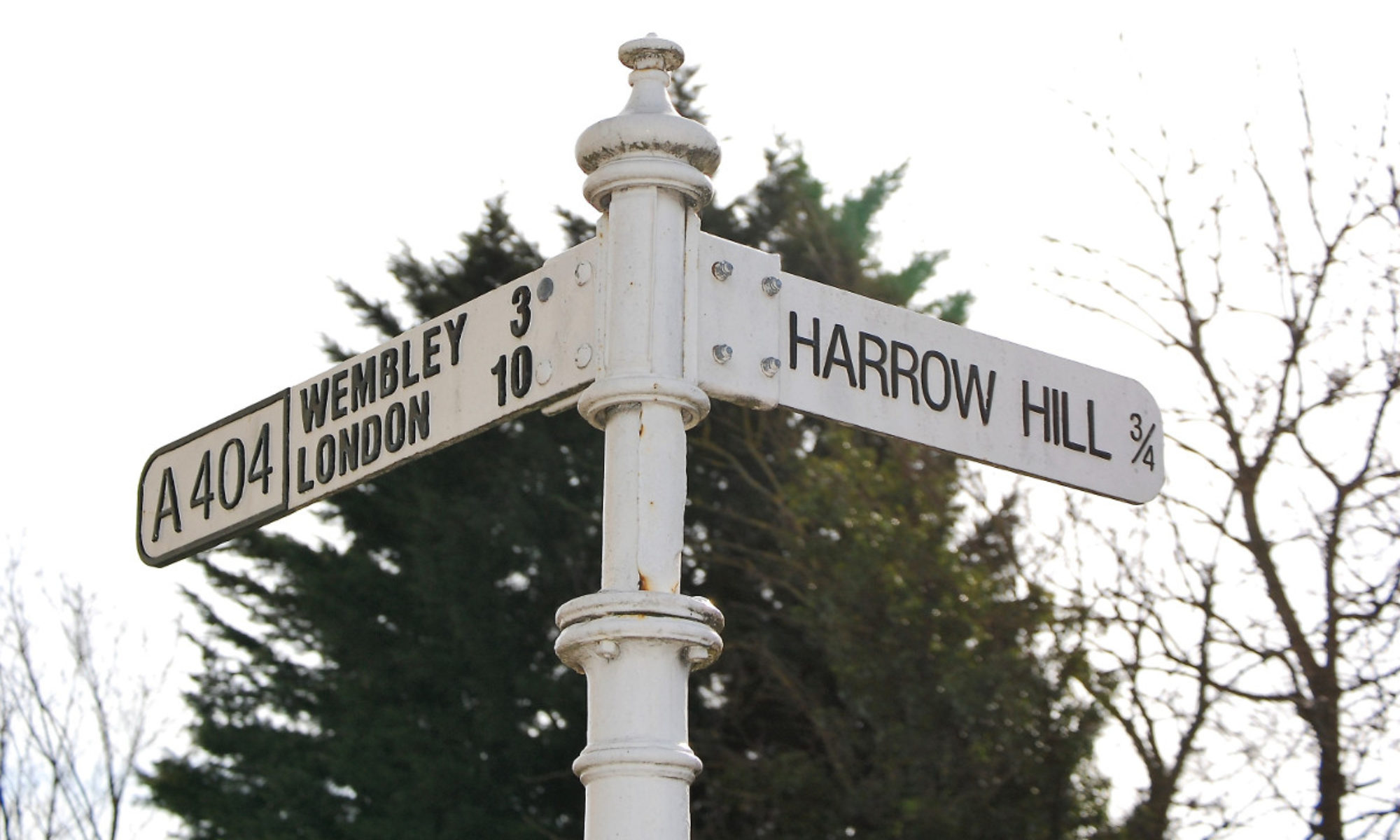
Our house hunting “process” began about the time of my first job interview, six months before our move. Initially, it consisted of looking at real estate websites (we preferred www.rightmove.co.uk) and dreaming of the possibilities. We both kept running lists of favorites, hoping that the Real Estate Gods might favor us with one of them.
That didn’t happen.
The housing market in the UK is incredibly active, and according to our agent (a lovely woman named Manjit), most houses spend less than three weeks on the rental market before being spoken for. That seems about right. We sent her a list of the houses we wanted to view on February 21st, and by the time we ventured out to look at properties on the 28th, none of the houses on our list were available.
The plus side of all that surfing and hoping was that we arrived in England with a clear idea of our requirements: Three to four bedrooms, en suite master bathroom, a room that could be used as a dedicated writing space, and since we knew that we’d be going without a car for a while, a location within easy walking distance of the Tube. We also wanted a place that looked English, rather than cookie-cutter modern.
In the States, I never went through a real estate agent to find a rental property. I looked online or in the paper, and once or twice, I just called a number on a sign outside a place that seemed like a nice place to live and spoke to the landlord or the manager directly.
That’s not how it works in the UK. Over here, the process is more like buying a house: You hire an agent, tell them what you need, they consult the listings for potential matches, line up appointments, and then go with you to see each place, where you’ll be greeted by the landlord’s agent.
We looked at several houses in two days of searching. As you’d expect, most were minimally maintained. The back fence at one place was partially collapsed. Two smelled heavily of mold. One smelled like urine. These were not inexpensive properties we were looking at either.
One was almost perfect—a Tudor-style four-bedroom cottage with a distinctive blue front door and a name. I’ve always wanted to live in a house with a name. After all, Lizzie Bennet had Longbourne and then Pemberly, Ross Poldark has Nampara, and Jane Eyre has Thornfield Hall.
Judging by the color of the interior walls, however, the owner of that lovely named cottage with the blue door was clearly fond of lilac and purple. These are fine colors, and I have nothing against them, but not every day. Not to wake up to. What decorating compromises would we have to make? Lavender upholstery, no doubt.
Moving on.
Another surprising thing about viewing houses for rent is that the current tenants don’t seem to make any effort to be out of the house when you arrive. When we reached the house we eventually settled on, that was the case. When we walked in, it felt as though the occupant was judging us, or at least me. When we learned later that he’s a dentist, I thought, “Well, that makes sense, then.”
After you’ve selected a home, things get more complicated. Quoted rent prices aren’t the flat price they are in the States. Here, you make an offer through your agent and wait for it to be accepted. After the landlord takes your offer, you pay a deposit of one to two weeks’ rent to guarantee that you’ll follow through. If you withdraw or fail the credit check, the landlord keeps your deposit.
While you’re waiting for the credit check to clear, your agent reviews the rental agreement, and like buying a house in the US, landlord and tenant (and their agents) negotiate rental terms. Pay attention: there will be small, almost non-sensical clauses in the rental agreement like, “Tenant agrees to keep the existing landline phone number.”
On signing day, you’ll have to have your first month’s rent plus a deposit of at least six weeks’ rent. If you have pets, the deposit will typically be two full months’ rent. The deposit goes into a holding account that the landlord will only get access to after you move out, so there’s little danger of them absconding with your deposit.
Move in day is a much more complicated process than we Americans are accustomed to. Both landlord and tenant hire inventory agents whose job it is to inspect the property and note any issues. They work separately but simultaneously, comparing lists at the end. In our case, there were a few items that needed to be taken care of by the landlord: some of the lighting wasn’t working and the lawn needed to be mowed. Mostly though, the validated list just documents the state of the place when you move in and serves as a point of comparison for the end of your tenancy. They don’t make allowances for “normal wear and tear.” If something breaks, you either get it repaired or the landlord pays for the repair out of your deposit after you move out.
Unless your moving expenses are covered by your employer, you can expect to pay between 300-500 quid for all these agents and services. This ain’t a cheap place to live.
Even with all the hassle and expense, it’s completely worth it. Yesterday afternoon, after our trip to Windsor, I stood by the back window watching the rain, and I was struck by how beautiful it all is. “We live here,” I thought. “We live here.”



I’m behind on the blog and wow!! What a process. I don’t know if my parents went through all that back in the 70’s or not…all I remember is getting off the plane, being met by a family from church (we had already found a church and been in contact) who took us to our house off base (we lived in Burwell for a year). That’s it…but I was 10 and that was a long long time ago!! Loving your stories and it takes me back…thanks for sharing!!